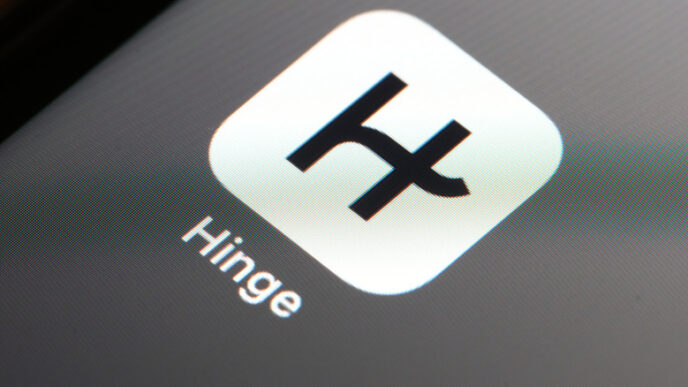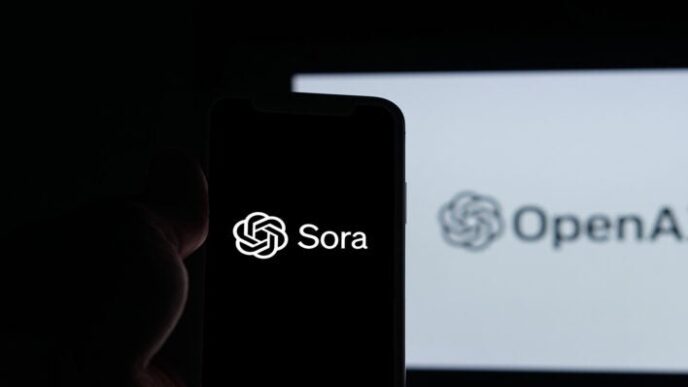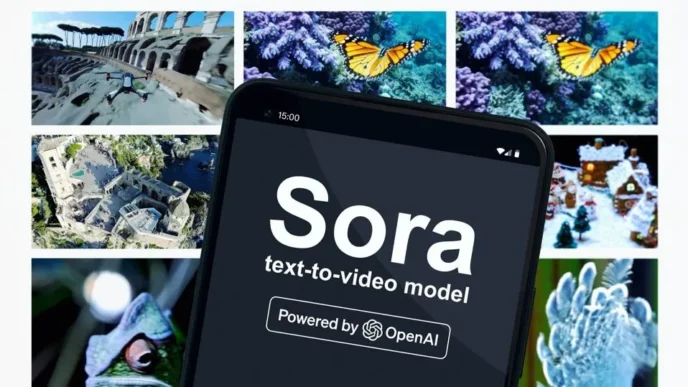Tinder is taking a bold step into artificial intelligence to breathe new life into its struggling dating app. After nine straight quarters of declining paid subscriptions, the company is betting that AI can make online dating feel more personal, intuitive, and perhaps, more human.
During its third-quarter earnings call, parent company Match Group revealed a new AI-driven feature called Chemistry, designed to learn about users through interactive questions and insights drawn from their photo libraries. With user permission, the feature can scan a person’s Camera Roll to understand their lifestyle and interests, data that will later inform better match suggestions.
The feature is already being tested in New Zealand and Australia, with plans to make it a “major pillar” of Tinder’s 2026 product experience, said Match Group CEO Spencer Rascoff.
Tinder’s upcoming AI feature goes beyond traditional profile swiping. Chemistry will use question prompts to build a psychological snapshot of each user, while image analysis from their phone’s photo gallery helps the system detect hobbies, environments, and even social cues.
For example, someone with a feed full of hiking or outdoor photos may be paired with another user who enjoys the same activities. The goal, according to Match, is to help people find “more compatible matches” based on real-world context, not just the images they choose to upload.
The move follows a growing industry trend. Meta recently introduced an AI feature that scans unposted photos from users’ phones to suggest edits and creative prompts. Like Meta, Tinder will rely on user consent before accessing private images. Still, privacy advocates warn that the benefits for users are modest compared to the sensitive data being shared.
AI isn’t entirely new to Tinder. The platform already uses machine learning to help users choose their most appealing profile photos and to detect offensive messages before they’re sent. Its large language model (LLM) system issues a simple prompt—“Are you sure?”, to make users think twice about potentially harmful messages.
Beyond these updates, Tinder is experimenting with new engagement tools such as dating “modes,” double dates, and redesigned profiles that surface bio information directly on photo cards. The company has also expanded facial verification features to improve trust and authenticity on the platform.
Despite these efforts, Tinder’s financial performance shows the uphill battle it faces in winning back users.
In the latest quarter, Tinder’s revenue dropped 3% year-over-year, while the number of paying subscribers declined 7%. Match’s overall revenue rose slightly, up 2% to $914.2 million, narrowly missing analyst expectations of $915 million. Profits came in at $160.8 million, or 62 cents per share, just below the forecast of 63 cents.
The company expects Tinder’s ongoing AI experiments to weigh on short-term results. Match projected a $14 million negative impact on Tinder’s direct revenue due to the testing phase, pulling fourth-quarter guidance down to between $865 million and $875 million, compared with analyst expectations of $884.2 million.
For Match, which also owns Hinge, OkCupid, and Plenty of Fish, Tinder remains its flagship brand, but one in need of reinvention.
The broader dating app market is shifting fast. Many younger users are stepping back from digital dating altogether, opting instead for real-world meetups, social events, and “slow dating” experiences. At the same time, inflation and economic uncertainty have squeezed disposable income, making paid app subscriptions a lower priority for many.
That shift has forced Match and other dating app companies to rethink their strategies. The company’s new AI direction suggests a move toward more personalized, emotionally intelligent matchmaking, something closer to a digital companion than a swipe-based catalog.
Whether users will trust AI to analyze their personal photo collections remains to be seen. Still, for Tinder, the bet is clear: deeper personalization might be the only way to stop the subscriber slide and reconnect with a generation that’s increasingly skeptical of dating apps.












